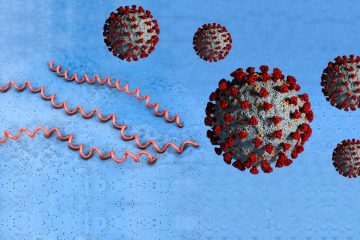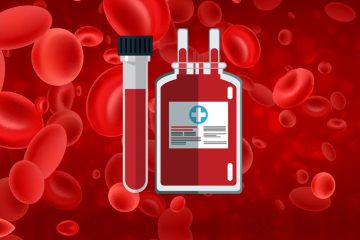Tick-Borne Powassan Virus Can Be Deadly Many of the patients who develop symptoms need to be hospitalized.
T ick-borne Powassan virus has been gaining attention after sending former North Carolina Senator Kay Hagan into a 43-day coma this past year.
 After being hospitalized for eight months, Senator Hagan was released and was said to be recovering.
After being hospitalized for eight months, Senator Hagan was released and was said to be recovering.
Unfortunately, others were not so lucky. Powassan has reportedly caused at least three deaths in late 2016.
While Powassan virus (POWV) was discovered nearly 60 years ago, many people are learning of it for the first time. Of special concern: it can be transmitted in as little as 15 minutes by the same tick that carries Lyme disease.
Because POWV has been considered so rare, with only 75 cases reported in the United States over the past 10 years, very little has been known about it—until now.
A recent study conducted by the Marshfield Clinic in Wisconsin demonstrates that POWV may be much more prevalent than previously thought. Of 95 patients tested for suspected tick-borne disease, 66% showed evidence of current or prior Lyme infection.
Of those patients who tested positive for Lyme disease, 17% had serologic evidence of acute POWV infection. Considering there are an estimated 300,000 cases of Lyme disease per year, POWV may affect more patients than we know.
 Durland Fish, PhD, a professor of epidemiology at Yale School of Medicine who specializes in vector-borne diseases, warned of POWV in 2015. He says one of the biggest concerns is that POWV jumped to the deer tick within the last 30 years and “cases are being reported in areas where they have never occurred before.”
Durland Fish, PhD, a professor of epidemiology at Yale School of Medicine who specializes in vector-borne diseases, warned of POWV in 2015. He says one of the biggest concerns is that POWV jumped to the deer tick within the last 30 years and “cases are being reported in areas where they have never occurred before.”
Dr. Fish goes on to say, “As more ticks become infected with Powassan virus and more people become exposed to them, Powassan could become epidemic like Lyme disease. Because it can be a serious disease causing fatalities, and there is no treatment for it, Powassan has the potential to become a greater public health threat than Lyme disease.” After the 2017 death of two men in Cape Cod, many people are learning for the first time that ticks can carry viruses too, not just bacteria like Lyme disease. And that such tick-borne viruses can pose a significant threat to public health.
Powassan virus (POWV) is considered an “emerging infectious disease,” though it is not new. In fact, the first case was discovered in 1958 in the small town of Powassan, located in Ontario, Canada.
A Massachusetts case had a better outcome. Tucker Lane contracted Powassan in 2014 and considers himself lucky to be alive.
“[I] woke up sweating, cold, shaking… felt like I was going to puke,” he told CBS Boston. A few days later, he fell into a week-long coma. “They kind of told my parents there’s nothing more we can really do.” Eventually, however, he came out of it.
Three years later, Lane says his health is fine and he reports no lingering symptoms or damage to his brain. “I knew I got lucky in a very unlucky situation,” Lane said.
Symptoms
For those who become ill, the symptoms of POWV develop anywhere from 8-34 days after the tick bite. The initial symptoms are flu-like with a fever.
 If the infection spreads to the brain, severe neurological symptoms can develop, including strong headache, mental confusion, paralysis, seizures, and unconsciousness. About 60% of patients who survive the infection are left with permanent neurological dysfunction including partial paralysis, headaches, memory impairment, and paralysis of the eye muscles. Nearly 10% of Powassan cases are fatal.
If the infection spreads to the brain, severe neurological symptoms can develop, including strong headache, mental confusion, paralysis, seizures, and unconsciousness. About 60% of patients who survive the infection are left with permanent neurological dysfunction including partial paralysis, headaches, memory impairment, and paralysis of the eye muscles. Nearly 10% of Powassan cases are fatal.
No Cure
Currently, there is no cure for POWV. Many of the patients who develop symptoms need to be hospitalized. The treatment consists of IV fluids, anti-inflammatories, and, in some cases, breathing and life support.




























